Geranium /Geranium Macrrorhizium L./ is an aromatic herb that spreads its fragrance in many homes. Geranium is a perennial plant that has a very well developed horizontal rhizome. Belongs to the geranium family. Stems are 15 to 40 cm tall, covered with glandular mass. The colors of geranium are pink or violet- red. It blooms in May-June. There are dozens of types of geranium, but the most common is wild /common/ geranium.
Geranium grows in shady, moist, grassy or rocky areas in the mountains and foothills from 300 to 2500 m altitude. It has become a traditional domestic flora.
Growing geraniums
If you want to grow plants that heal at home, do not worry, because the task is very simple to implement. Geranium likes well-drained soil and in summer should be fed every week. In spring, add special substances into the water, for watering every 20-25 days. The best time for transplanting is March. Note that geranium does not like the presence of other plants around it, because they are considered weeds and choke them.
Geranium loves moisture, but you should not be over-watering it. In the summer, it needs to be watered more often - every 2-3 days. In winter, reduce watering. However, geranium can withstand prolonged drought, but in contrast, continues to evolve.
It can thrive equally well in light and shade, but should not be left in direct sunlight because the leaves turn yellow and gradually wither. By May, you can grow it indoors, but then it is recommended to export it to the open. Under favorable growing conditions, geranium can retain its appearance and flavor between 3 and 10 years.
Composition of geranium
Common geranium leaves contain high amounts of essential oil, the main ingredient is p-cimola. Other constituents of geranium are turmeric bormeol, alcohols, ketones, tannins, sugars and flavonoids. In geranium, there is rutin, which is a powerful antioxidant which helps absorb vitamins. German scientists have found that oil of geranium’s geramicine content is 65%.
Application of geranium
It is believed that every home should have a bunch of geraniums planted in order for all to be healthy. It is present in many religious rituals and customs, even adorns cakes. The plant contains large amounts of essential oils that are used for making perfumes. Its colors are used to dye fabrics blue.
In some parts, the roots are used to dye cotton or wool yarn in brown and yellow. Rabbits, sheep and goats are big fans of the taste of geranium. Because geranium blooms for a long time, it is also known as honey plant. It’s honey has a golden color, very aromatic and very rich in vitamins and nutrients. From the leaves of geranium, scientists make vitamin C. It is used in veterinary medicine for the preparation of various medicines.

Benefits of geranium
Medicinal substances are extracted from geranium after drying and steaming the leaves, roots and flowers. The above ground part of the geranium is collected during flowering and the roots - in autumn and spring.
As became clear, oil is obtained from the leaves of geranium. In folk medicine, the leaves are used as a tea, which helps with diarrhea, intestinal and stomach pain. Geranium leaves are effective against hypertension, besides lowering blood sugar in diabetics.
Geranium is capillary- calming, anti- inflammatory and strengthens the immune system. Treats high blood pressure, improving blood circulation to the heart muscle. Geranium dissolves gallstones with cholesterine origin. Reduces blood sugar in diabetes, helps in ischemia, angina and post-myocardial infarction status. The leaves of the geranium are used against bleeding gums.
Water extract of the rhizome of geranium is used for external use as a compress for boils, sores and other skin problems, and for pads to stop nosebleeds.
To make extract of Geranium, pour 2 cups finely chopped roots with 1 cup cold water and let them soak all day. The mixture is filtered and drunk within a day, in 3-4 turns. Extract of the roots of Geranium is very useful in high blood pressure, it is also a good sedative. The eluate can be applied externally as a compress for boils, sunburn and skin diseases.
To make an infusion of geranium leaves, add it to 1 cup of boiling water. After cooling, strain and drink.
Before taking geranium, consult a doctor to avoid problems and side effects.
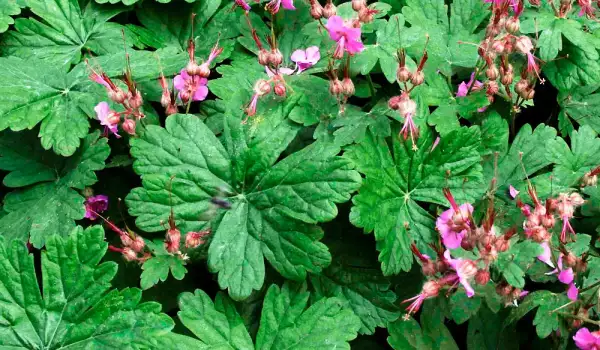
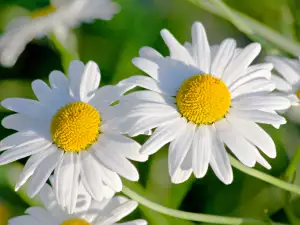

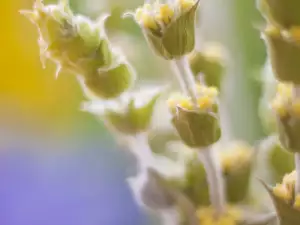
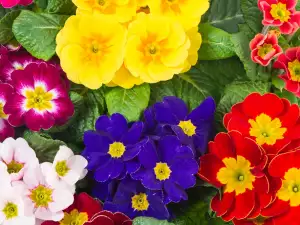

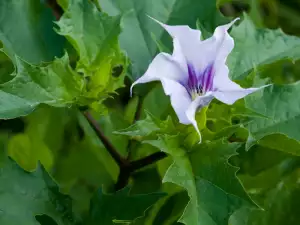
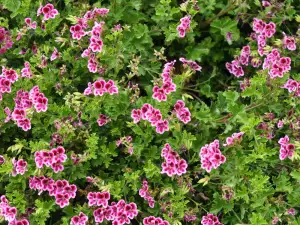



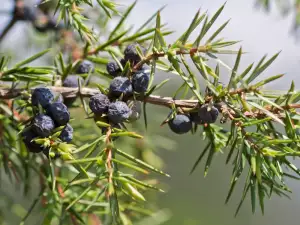

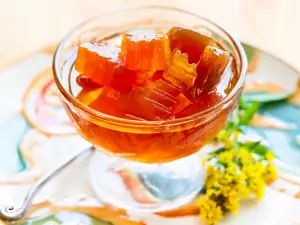





Comments